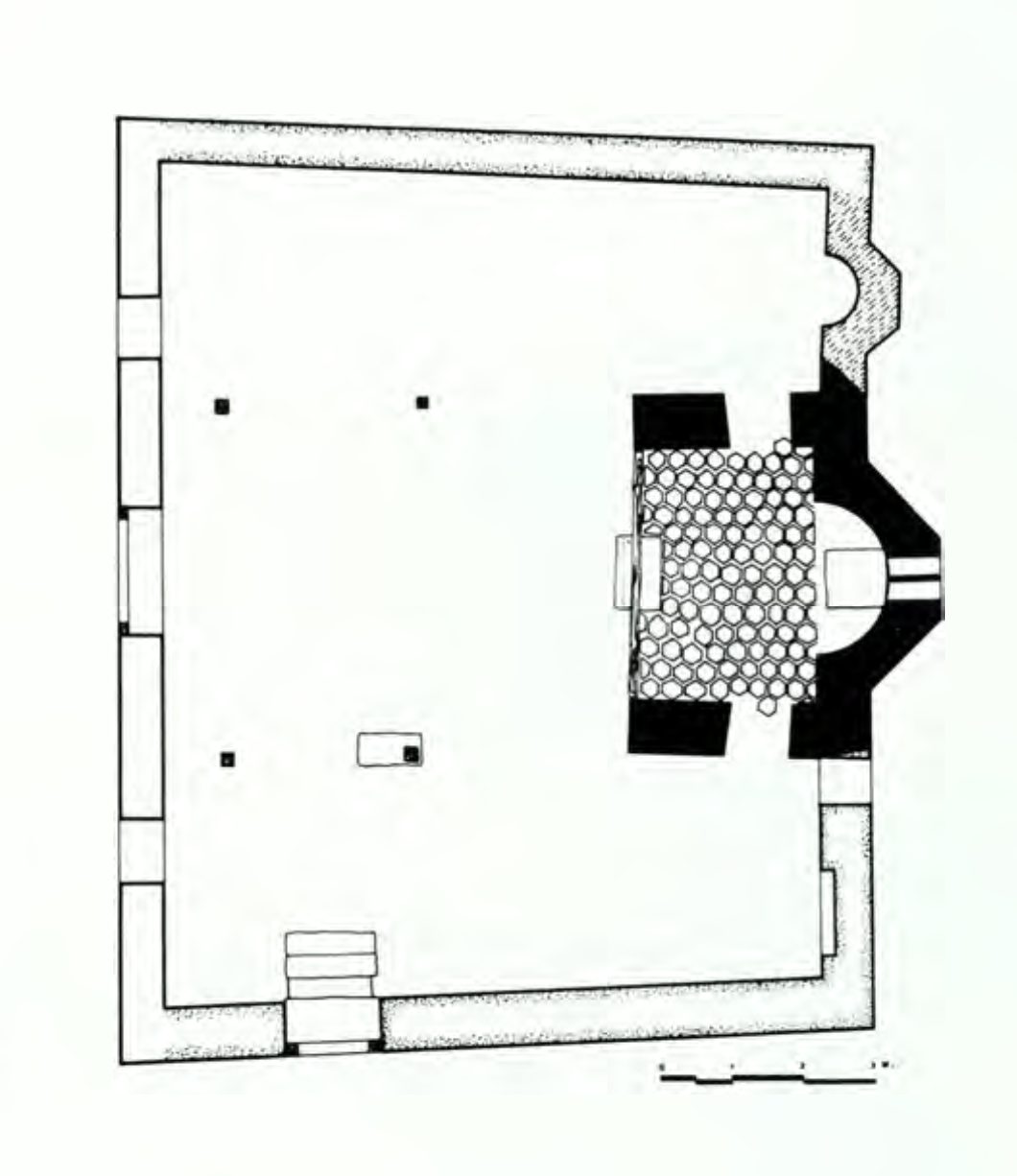Επίσκεψη
ΙΕΡΟΣ ΝΑΟΣ ΜΕΓΑΛΟΥ ΘΕΟΛΟΓΟΥ, 13ος – 17ος αι. / MEGAS THEOLOGOS, 13th – 17th c.
Ο Μέγας Θεολόγος είναι μία τρίκλιτη ξυλόστεγη βασιλική με δίρριχτη στέγη. Το τμήμα του ιερού με την τρίπλευρη κόγχη και τα θυραία ανοίγματα που οδηγούσαν στην πρόθεση και το διακονικό χρονολογείται από το ζωγραφικό του διάκοσμο στο πρώτο μισό του 13ου αι., ενώ ο υπόλοιπος ναός διαμορφώθηκε πιθανόν στις αρχές του 17ου αι. Παράσταση των αρχών του 14ου αι. διατηρείται στη νότια όψη του νότιου τοίχου του ιερού, ενώ στις αρχές του 17ου αι. Οίκοι του Ακαθίστου απεικονίζονται στον βόρειο τοίχο του ιερού, στην όψη προς την πρόθεση. Οι τοιχογραφίες της αρχικής φάσης του ναού, αποτελούν μαζί με αυτές της Παλαιάς Μητρόπολης, τα παλαιότερα σωζόμενα δείγματα ζωγραφικής από την πόλη της Βέροιας.
Megas Theologos is a three-aisled basilica with saddleback timber roof. The section comprising the sanctuary with the three-sided apse and the doorways leading to the prothesis and the diaconicon date, according to the mural decoration, back to the first half of the 13th c., while the rest of the church most likely took shape in the early 17th c. An early 14th-c. depiction survives on the southern façade of the southern wall of the sanctuary, while in the early 17th c., Verses of the Akathist hymn were depicted on the northern wall of the sanctuary, facing the prothesis. The mural decoration of the initial stage of the church, along with those of the Old Metropolis, are the oldest extant specimens of painting from the city of Veria.
